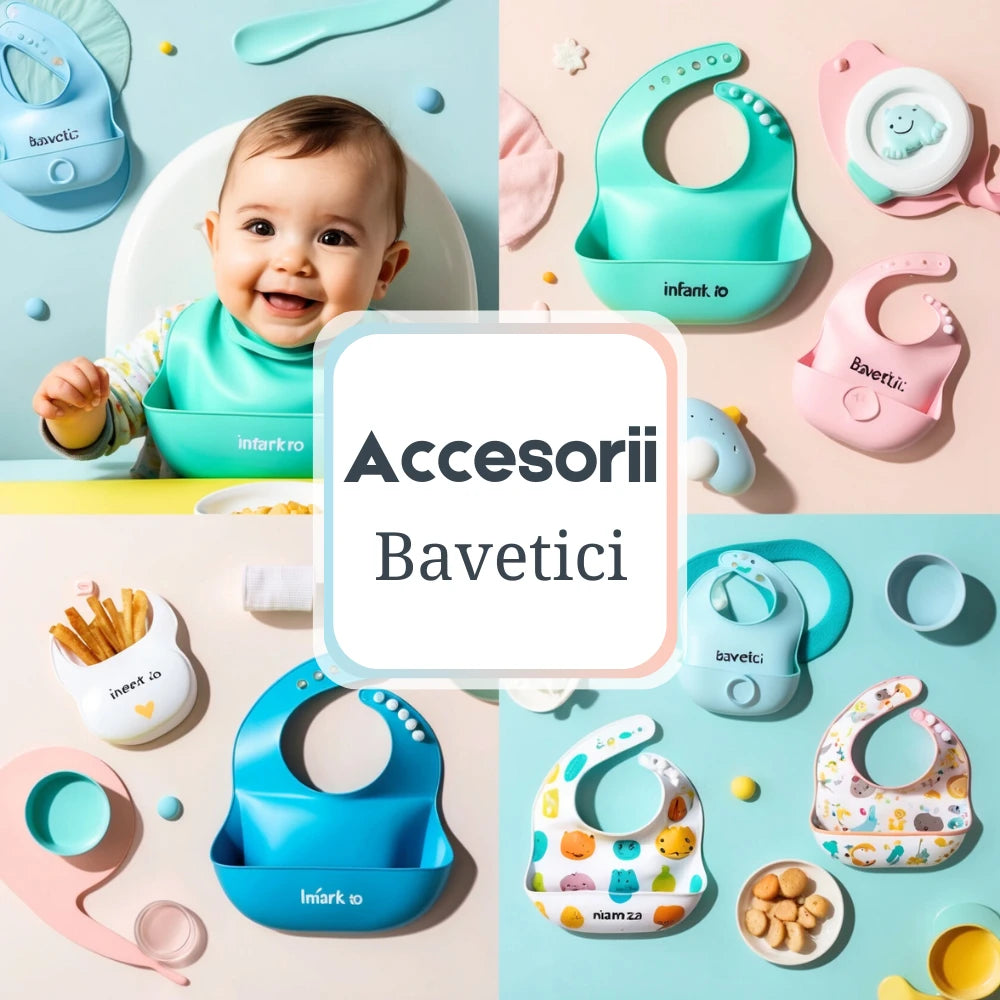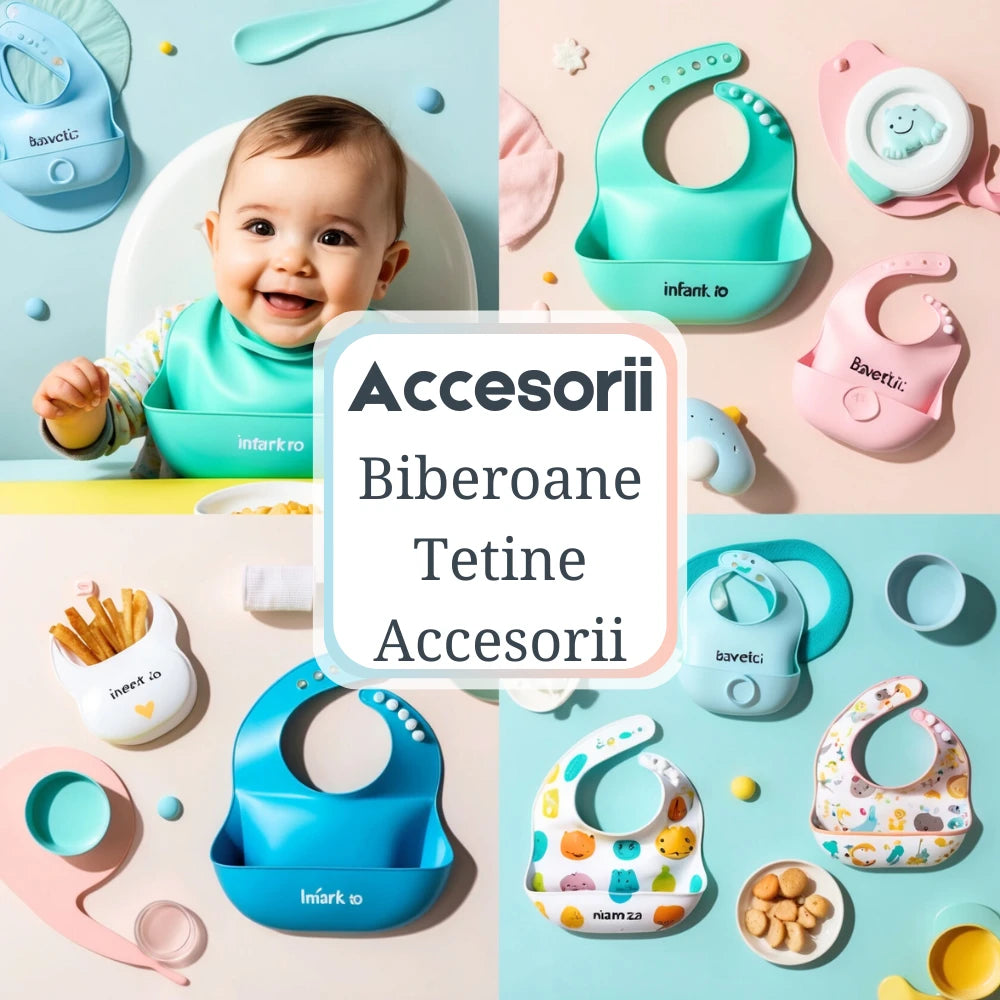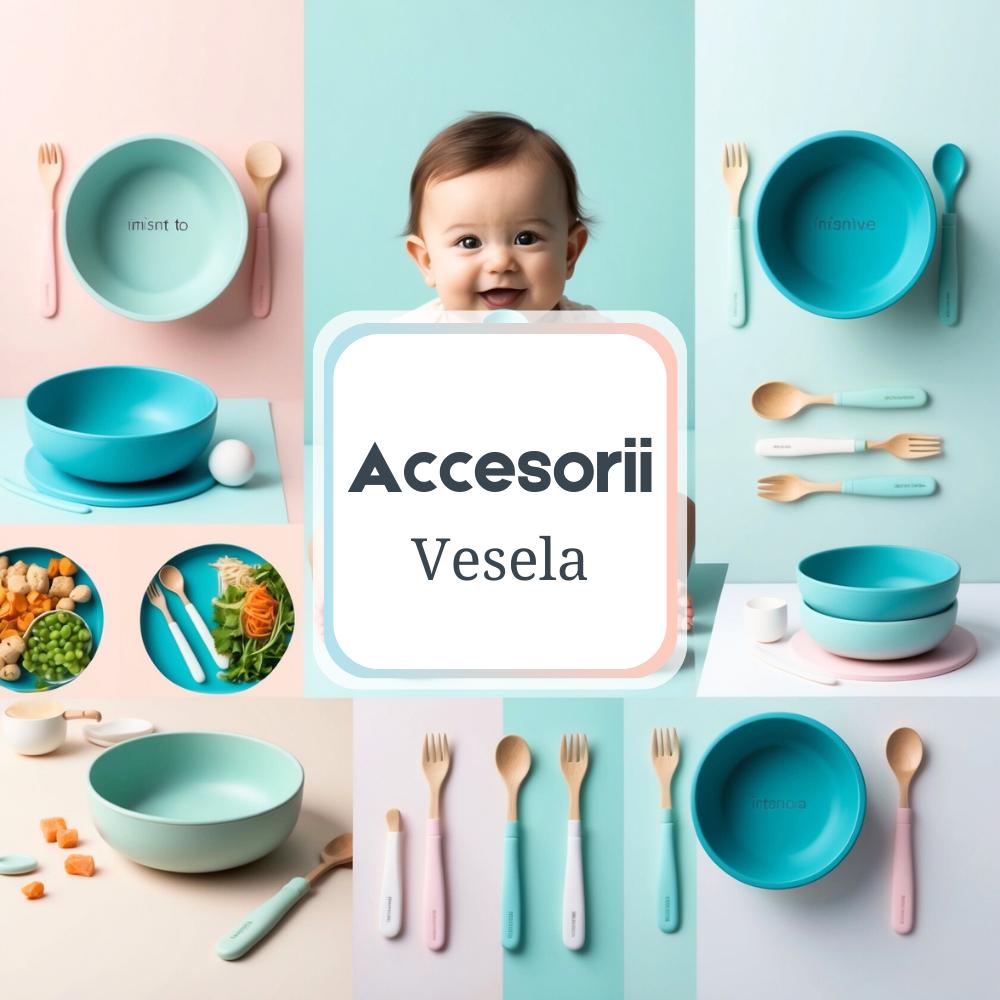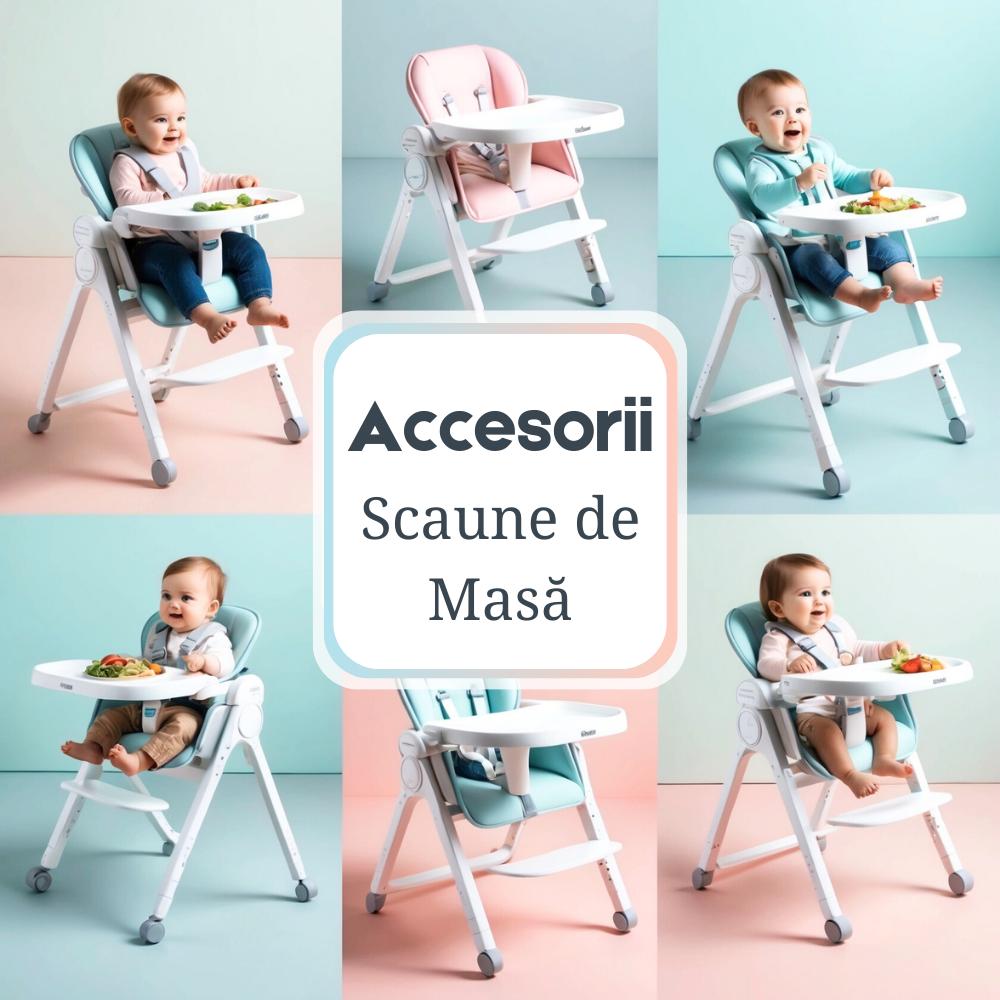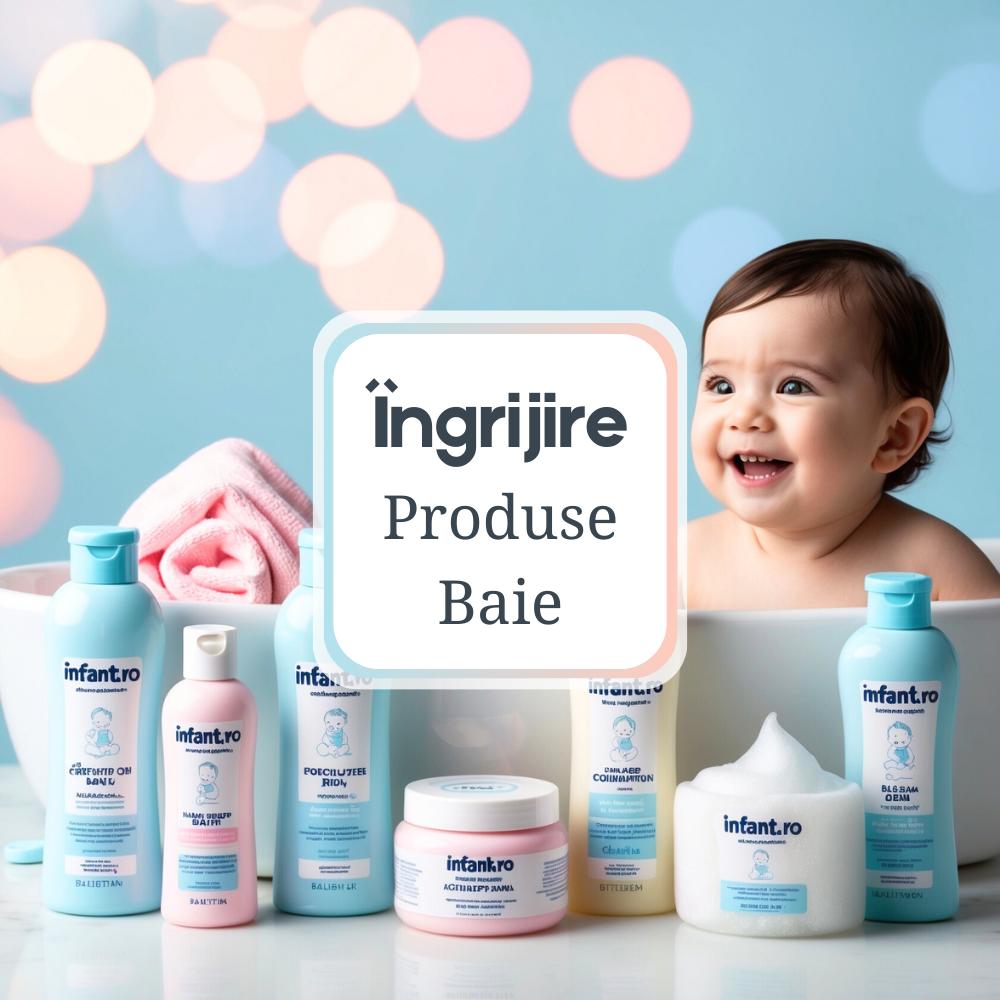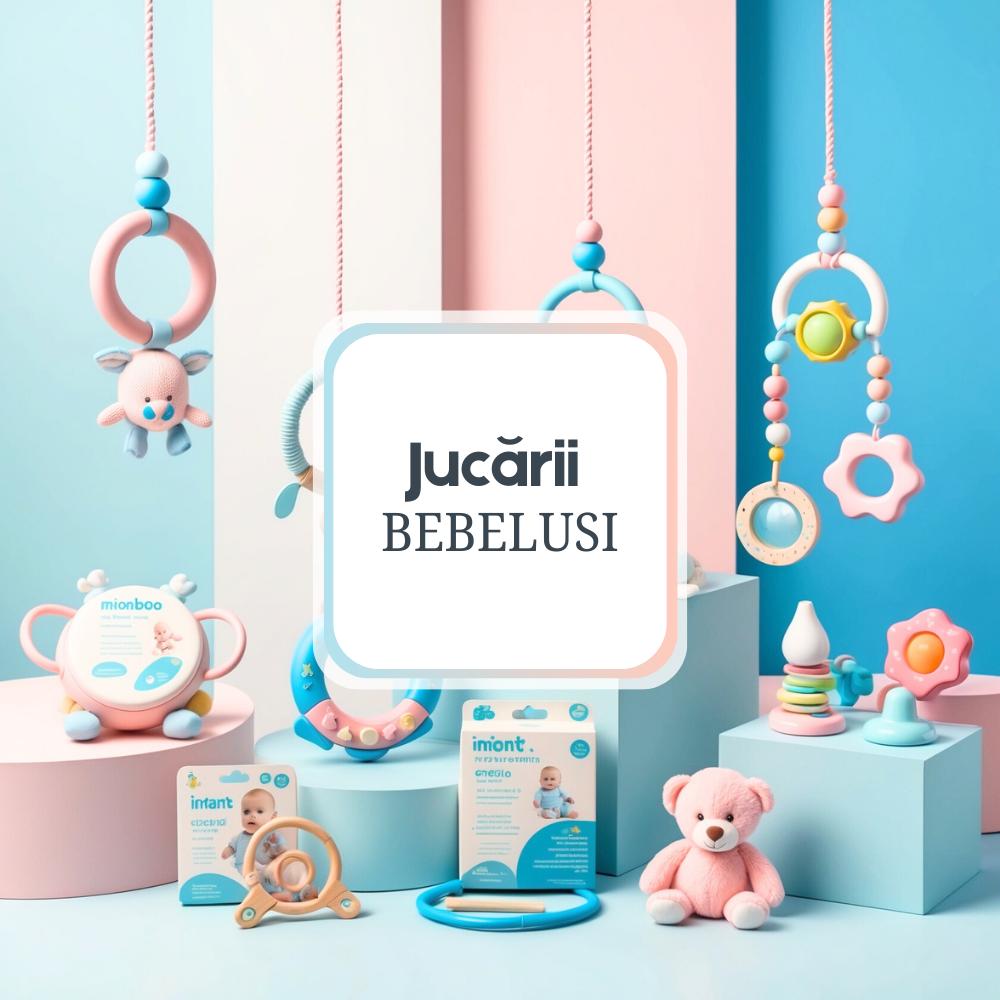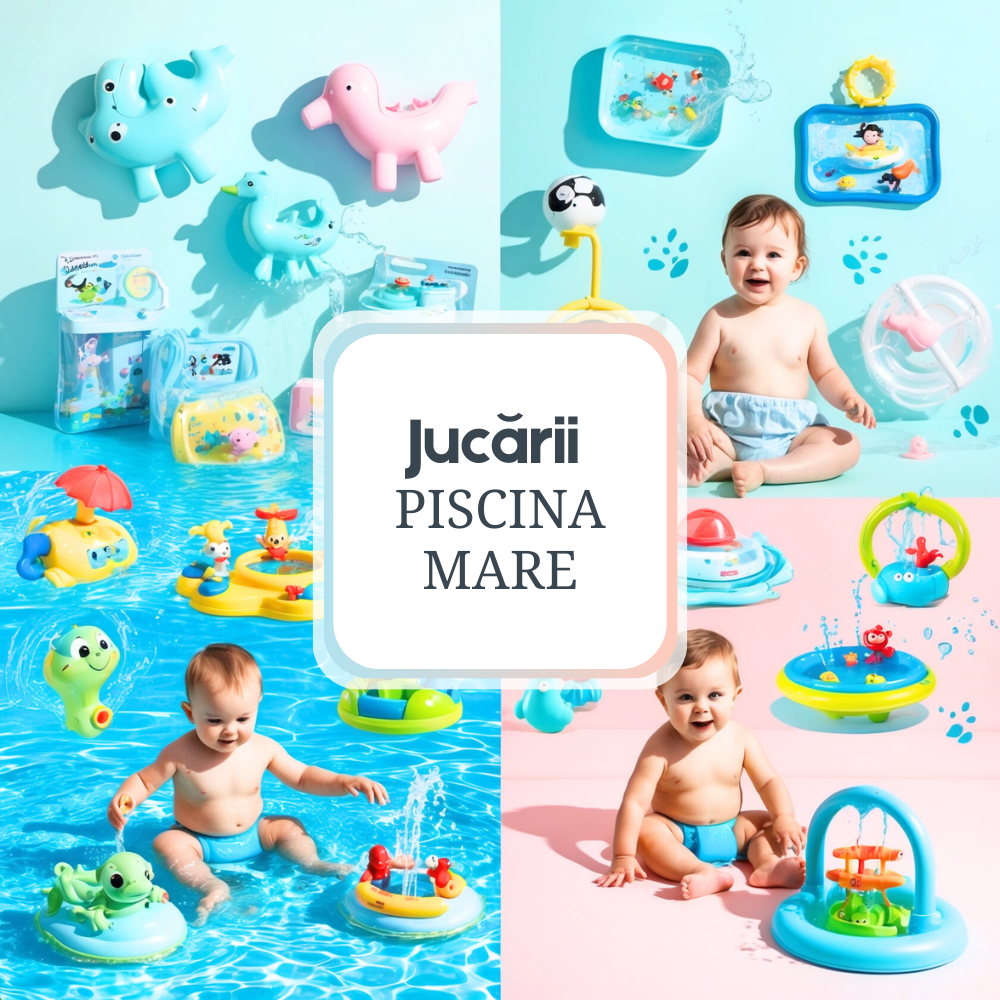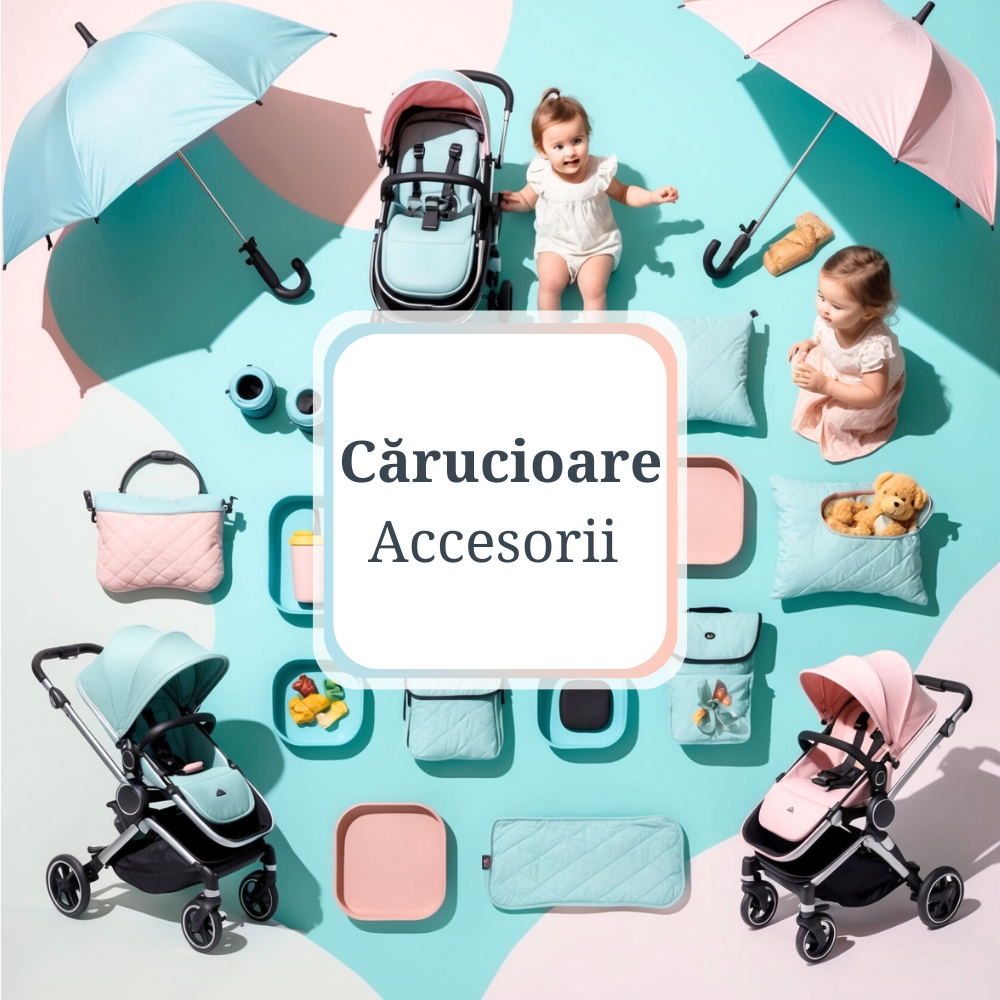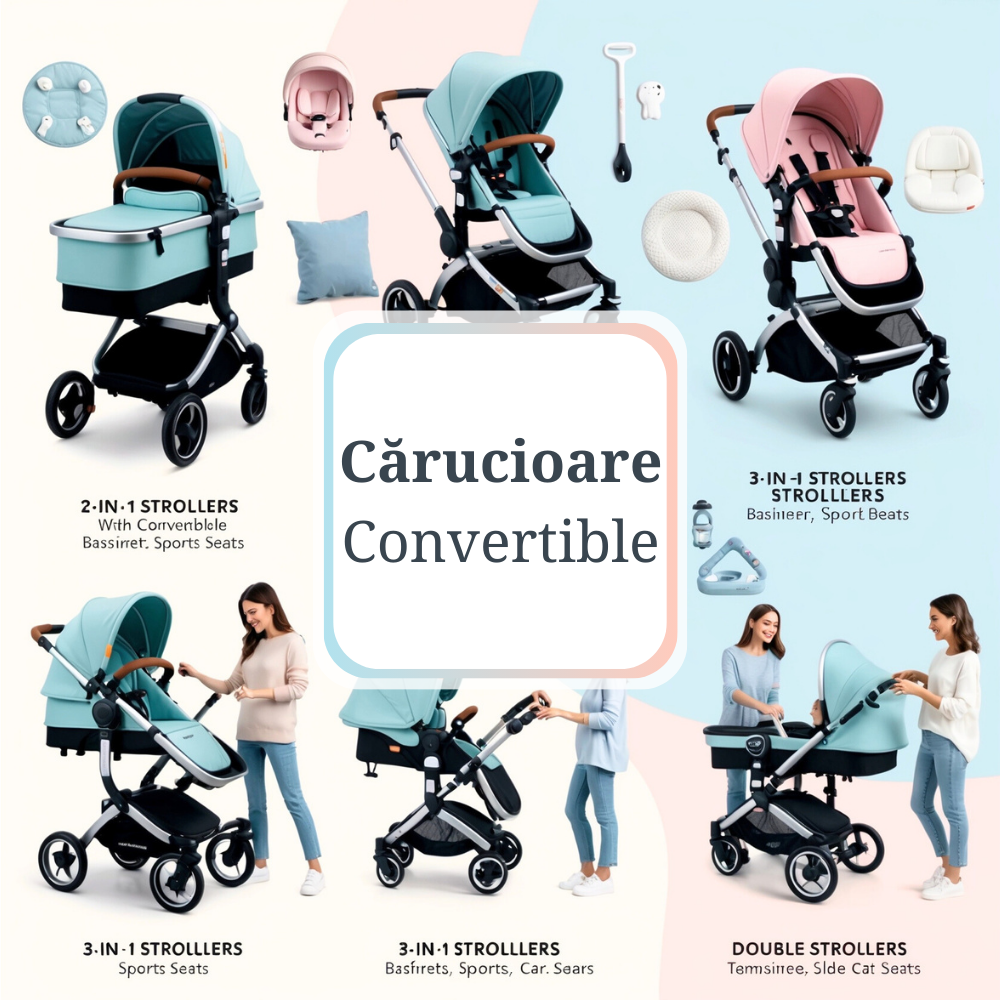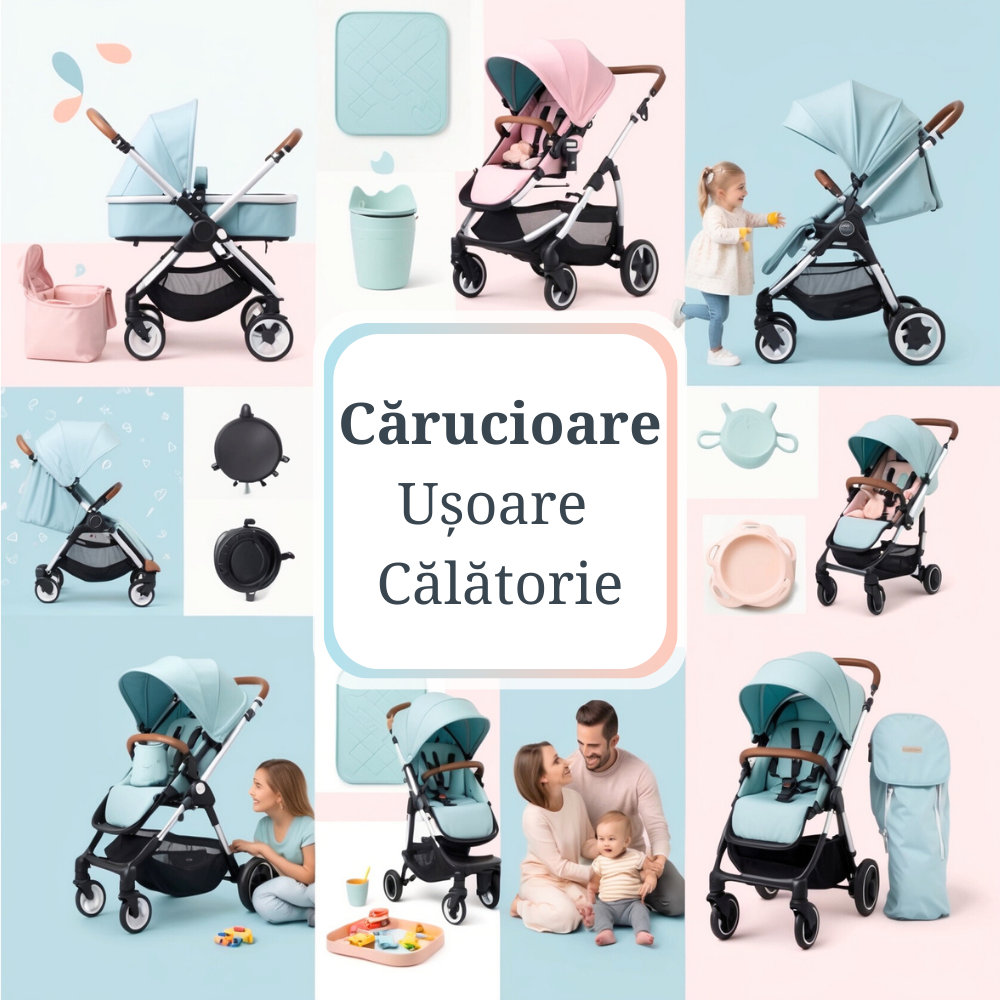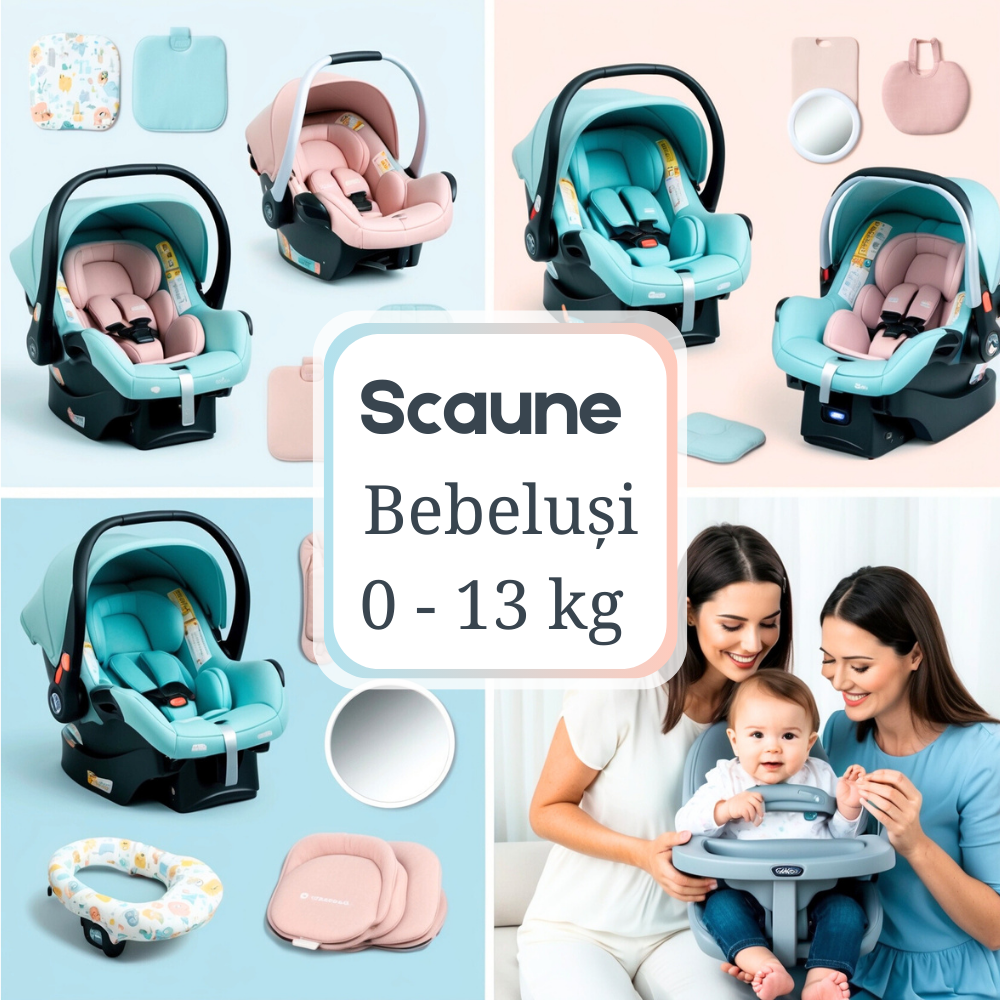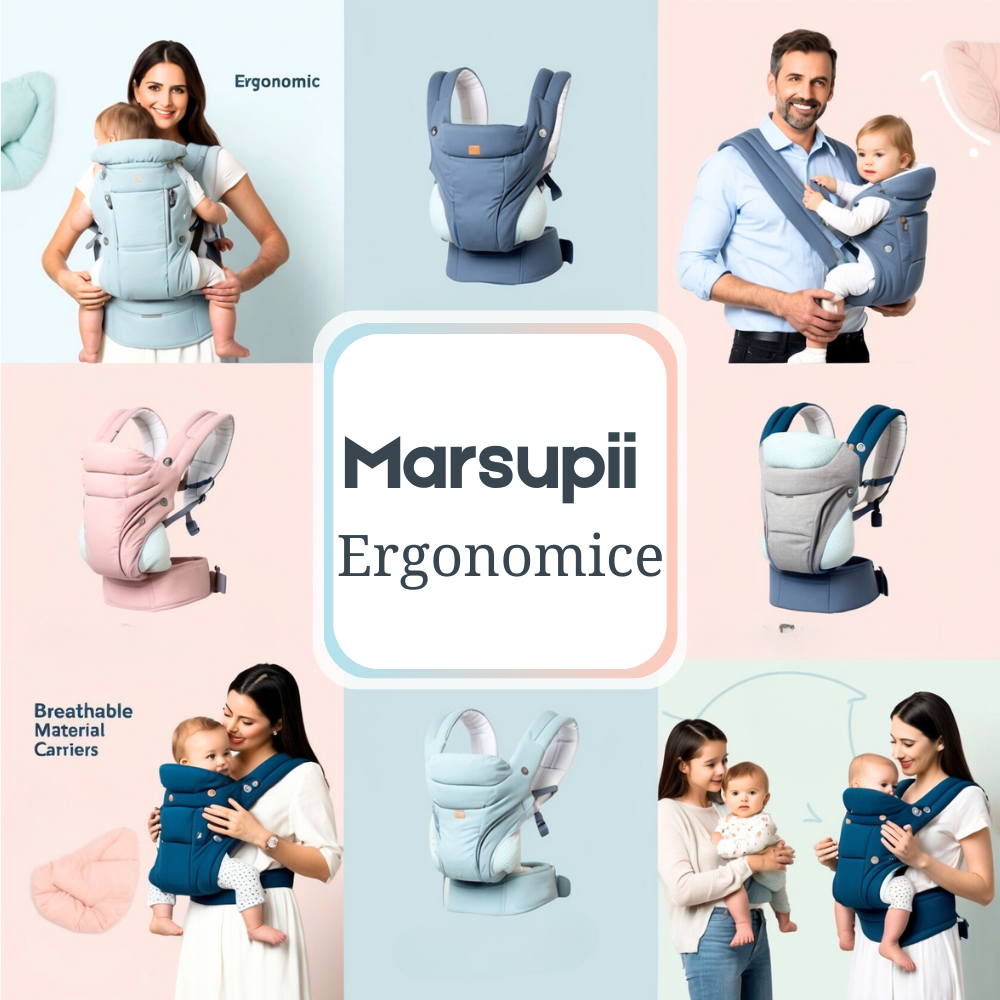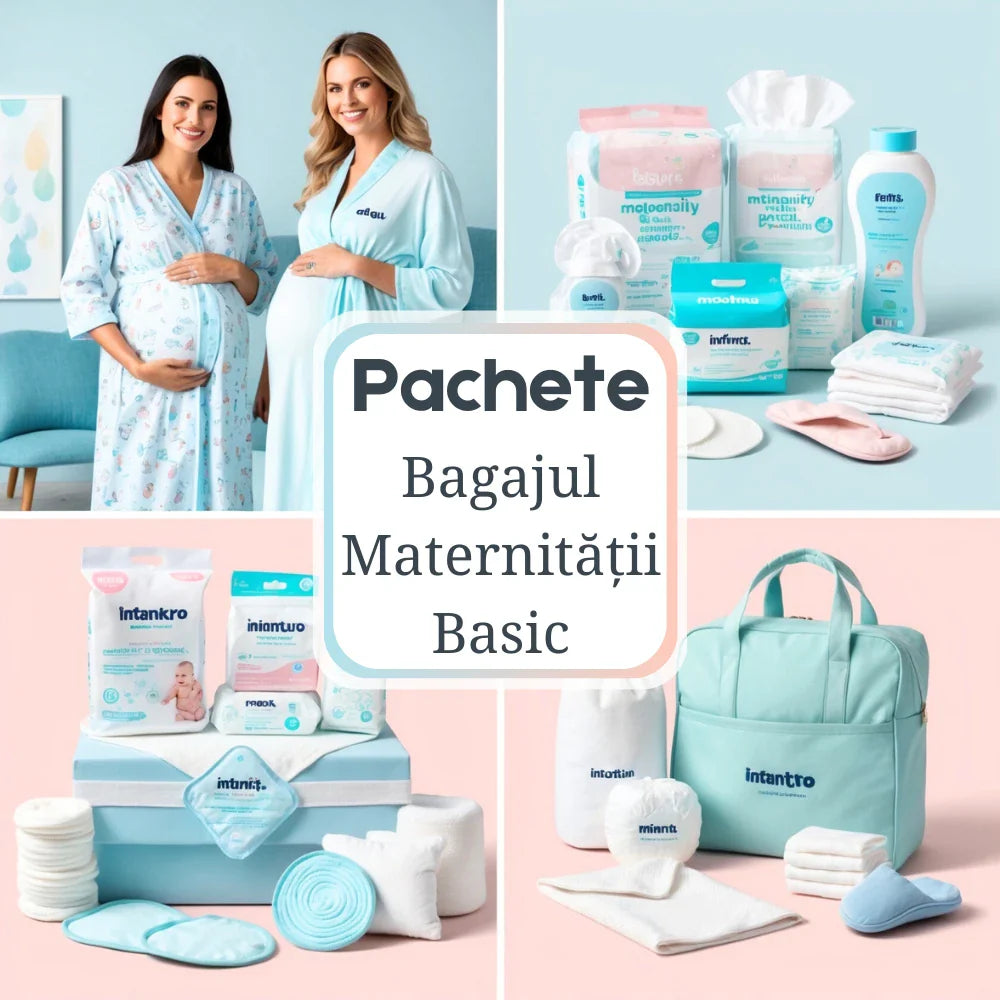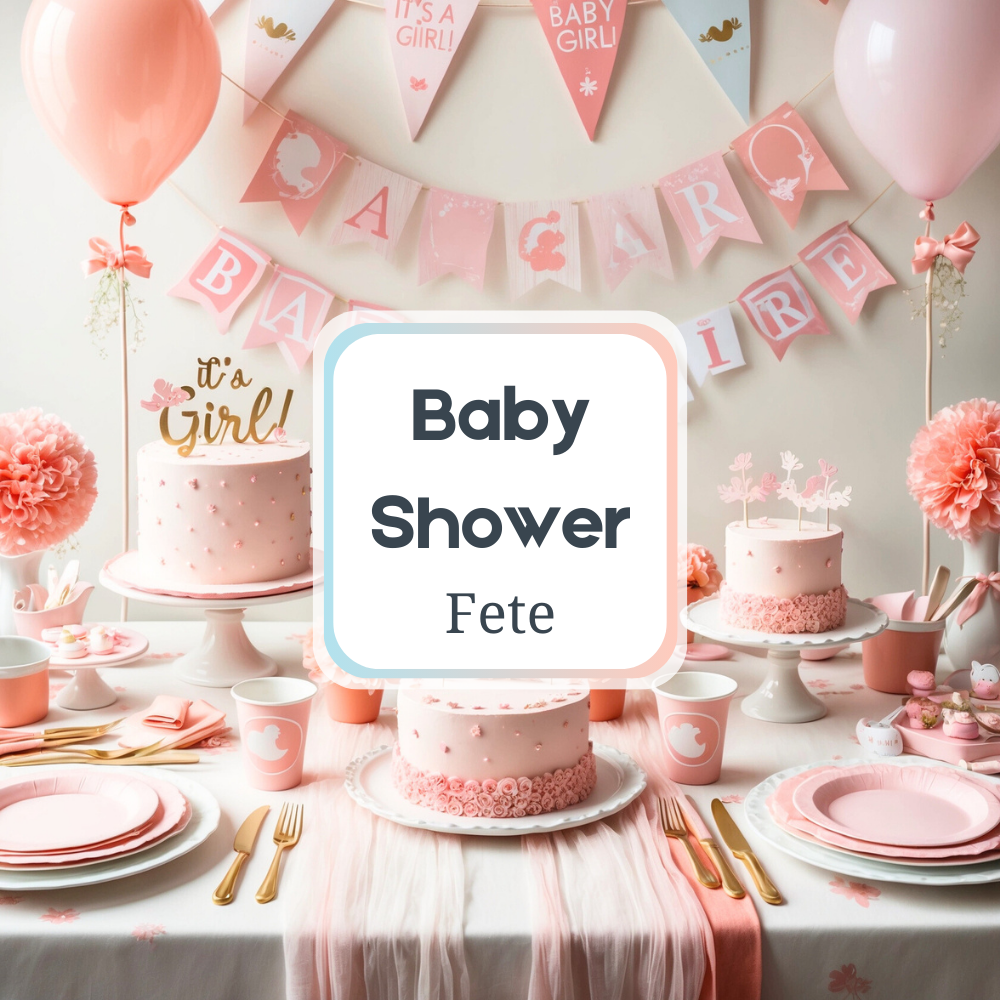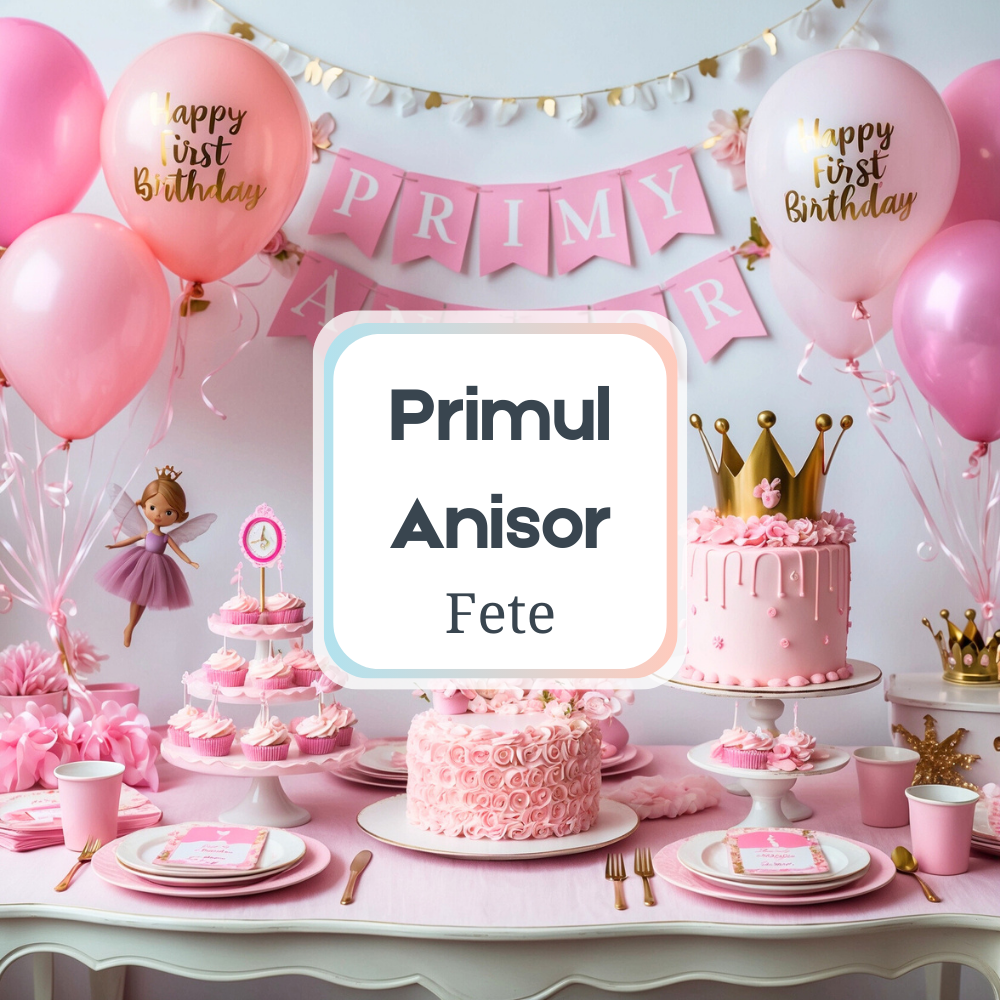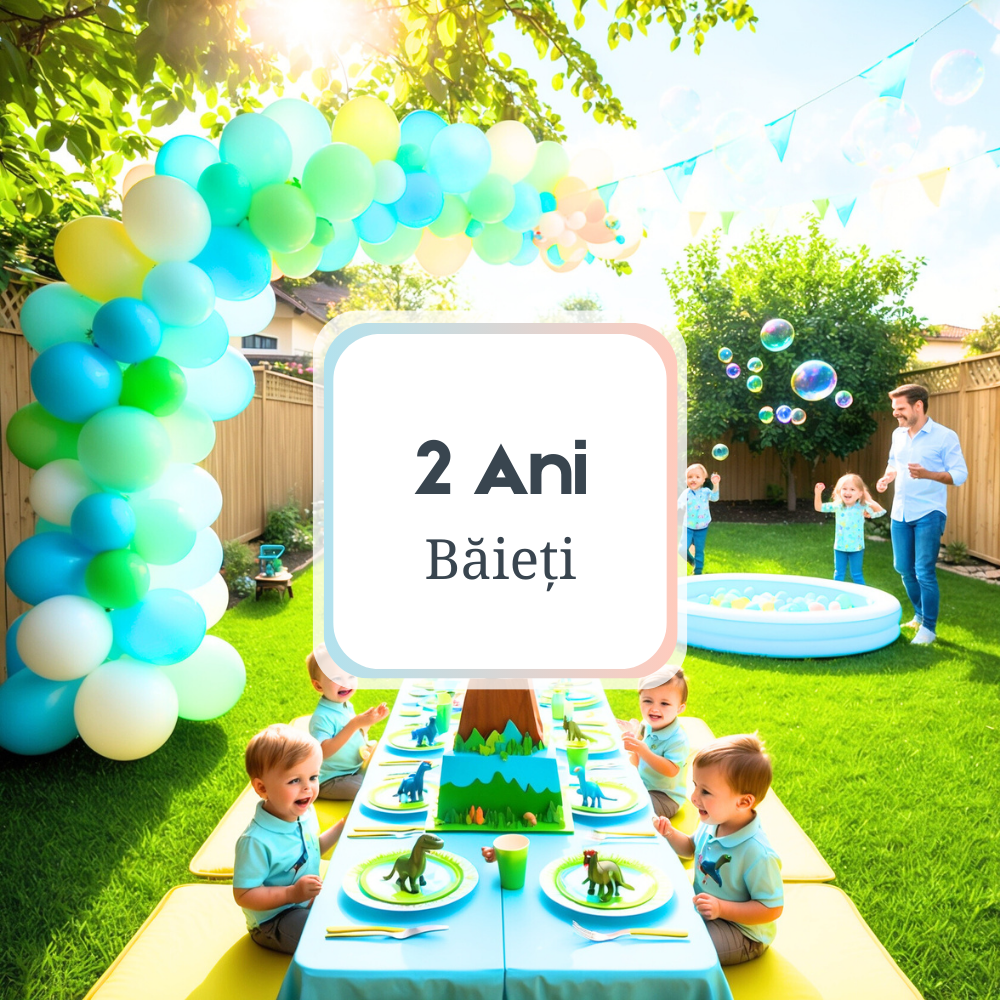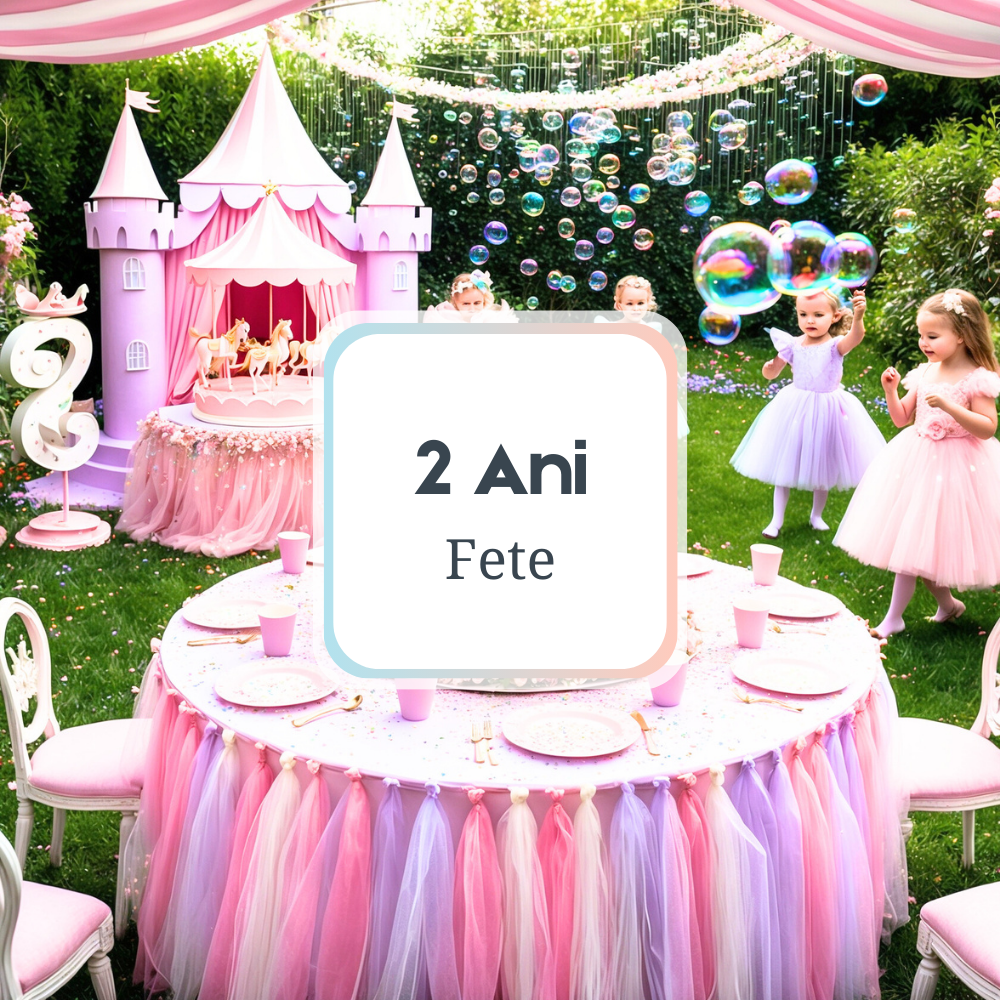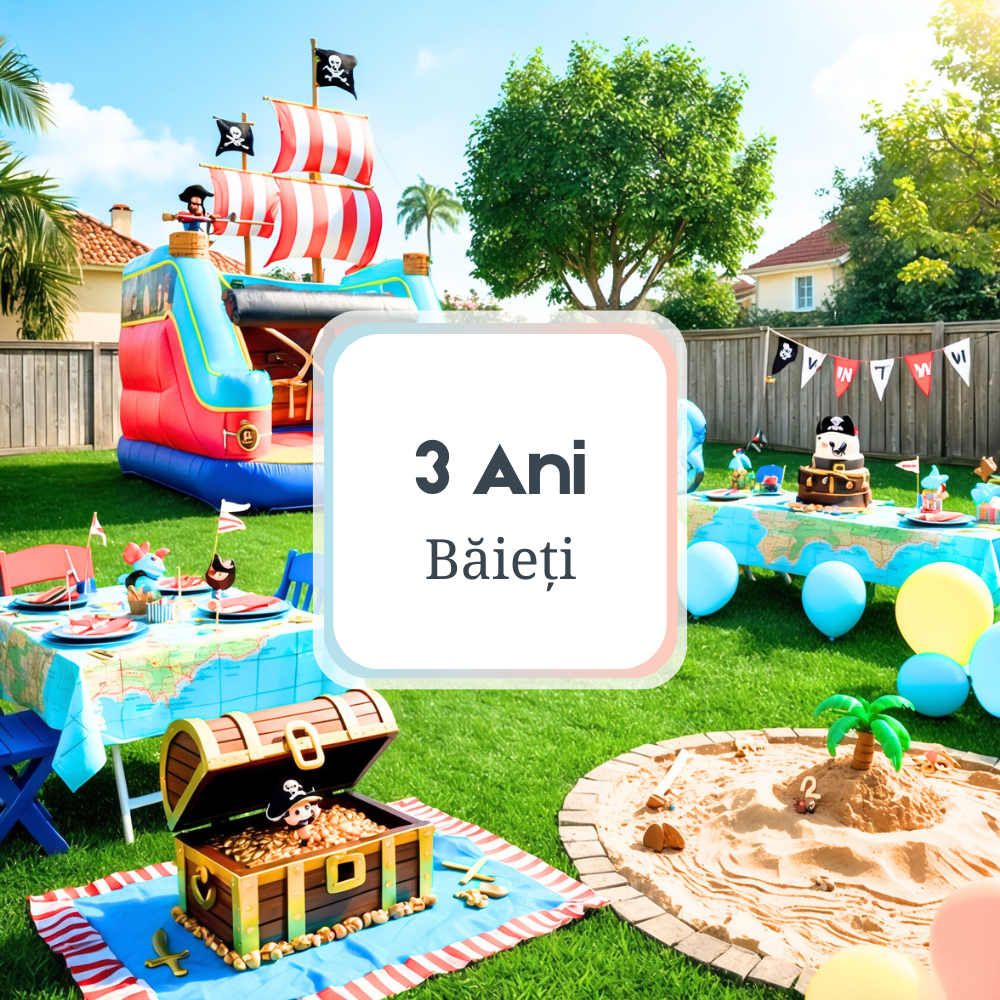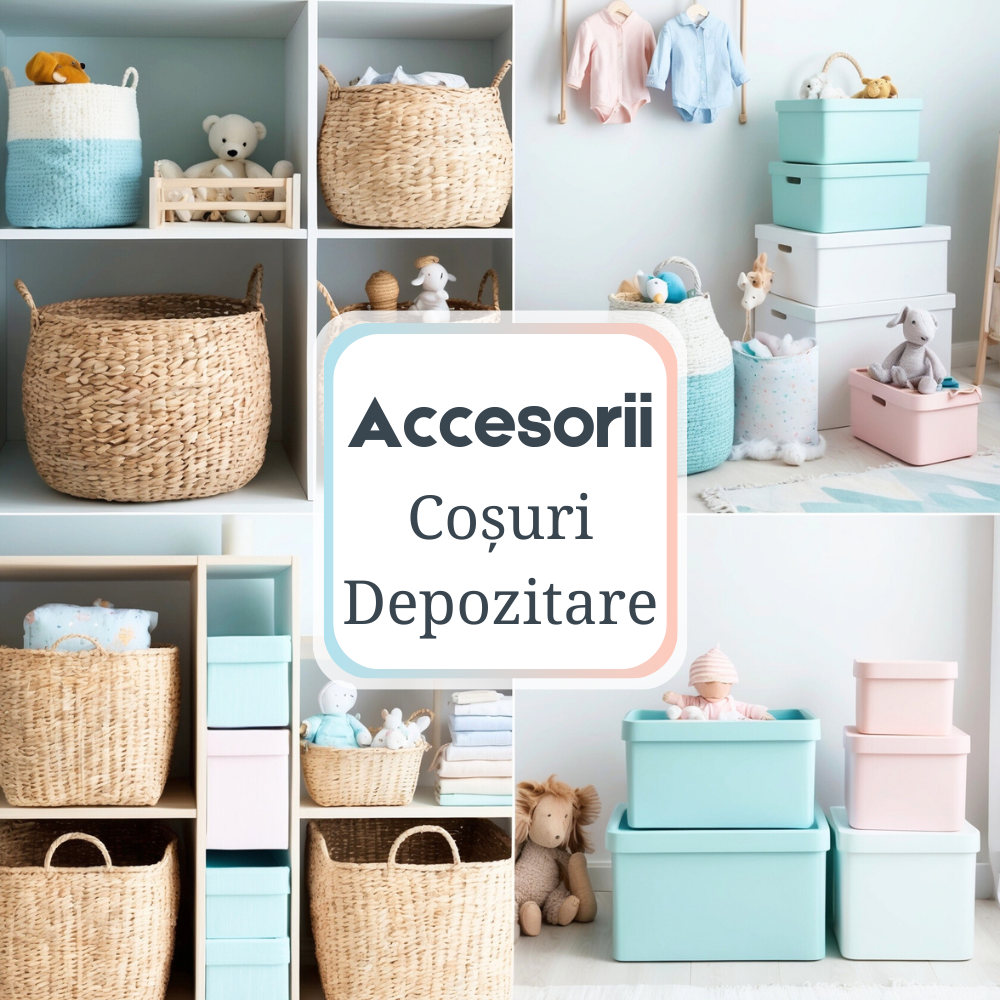Tubal Ligation After Childbirth: Information and Options
Introduction
Tubal ligation, also known as tubal sterilization, is a permanent contraception option chosen by many women after childbirth. It is a surgical procedure in which the fallopian tubes are blocked or cut to prevent pregnancy. This article aims to provide detailed information about tubal ligation, the essential steps in the process, and the options available to mothers considering this important decision.
What Is Tubal Ligation?
Tubal ligation is a form of permanent contraception and is the ideal choice for women who are certain that they will not want children in the future. The procedure involves blocking or cutting the fallopian tubes, which prevents eggs from reaching the uterus and being fertilized by sperm. The intervention can be performed through a variety of surgical methods, from the classic abdominal incision to newer, minimally invasive methods such as laparoscopy.
Why Choose Tubal Ligation?
The motivation behind choosing such a procedure varies from person to person. Some women opt for tubal ligation immediately after giving birth to avoid the risks associated with multiple pregnancies or to stop using other forms of contraception. For others, the decision is influenced by medical or personal considerations. Regardless of the reason, it is crucial that the decision is well thought out and thoroughly discussed with a medical specialist.
Methods of Uterine Tubal Ligation
There are several methods of ligation of the fallopian tubes . Each procedure has its own characteristics, advantages and possible side effects: - Laparoscopy : is the most commonly used method and involves inserting a thin tube with a video camera (laparoscope) into the abdomen through a small incision to guide the surgeon during the procedure. - Mini-laparotomy : a variant of laparoscopy, performed immediately after birth, which allows access to the fallopian tubes through a small incision. - Laparotomy : a more invasive procedure, which involves an abdominal incision and is used especially in complex cases or when other surgical interventions are also required. - The Essure method : a non-surgical option that involves placing special implants in the fallopian tubes to block them. This method is currently no longer available due to the withdrawal of the product from the market.
Risks and Complications
Any medical procedure comes with a degree of risk. In the case of tubal ligation, the risks include post-surgical complications, such as infections or reactions to anesthesia, but also the reduced risk of procedure failure, which could lead to an unplanned pregnancy. It is also worth mentioning the post-ligation syndrome, a complex of symptoms that may appear following the intervention, such as irregular periods or pelvic pain.
Advantages and disadvantages
When analyzing the advantages and disadvantages of tubal ligation, it is important to consider factors such as the long-term effectiveness of the method and the lack of concerns related to everyday contraception. On the other hand, it is essential to think about the permanent aspects of the decision and to be aware that the reversibility of the procedure is limited and often difficult.
Pre- and Post-Procedure Considerations
Before the procedure, it is vital to discuss your medical history with your doctor, carry out pre-operative tests and have a clear understanding of the steps and risks involved. After the intervention, you must follow the doctor's recommendations for recovery and be attentive to any sign of complication.
Costs and Insurance
The costs associated with tubal ligation vary depending on the method chosen and the complexity of the case. It is important to check in advance whether the cost of the procedure is covered by your medical insurance and to find out about any additional costs that are not included.
Alternatives to Tubal Ligation
If you're still unsure about tubal ligation, there are many alternatives you can consider, from using oral, injectable or intrauterine contraceptives (IUDs), to your partner's vasectomy or natural methods of contraception. Each alternative comes with its own pros and cons that you need to weigh to make the best decision for you.
Conclusion
Tubal ligation after childbirth is a significant decision that requires thorough research and open discussion with health professionals. We hope that the information provided in this article will help you better understand this topic and make the right decision for you and your family. If you are interested in more details about tubal ligation or other contraceptive methods, we encourage you to contact a specialist doctor and get informed accordingly.




